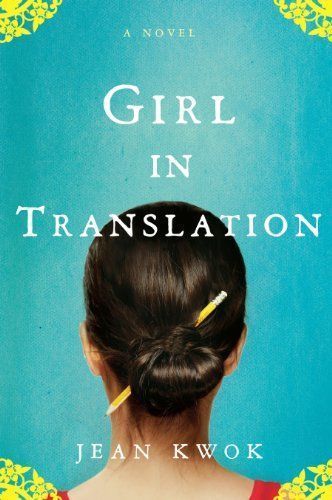
Girl in Translation
Emigrating with her mother from Hong Kong to Brooklyn, Kimberly Chang begins a secret double life as an exceptional schoolgirl during the day and sweatshop worker at night, an existence also marked by a first crush and the pressure to save her family from poverty. A first novel.
Reviews
Raven K@readsbyrae15
claire law@clairelaw
Sean Valencia Monte@seanvalenciaa
Kim Tyo-Dickerson@kimtyodickerson
Jelke Lenaerts@jelkebooks
Leelynn Brady@sometimesleelynnreads
window@window
Mahasin S Ameen@fivefootsmall
Michael Hessling@cherrypj
clara@sophierosenfeld
Udit Desai@uydesai
Shafa@starrxblue
angelina <3 @angiemaldo
Eva Ströberg@cphbirdlady
sash.@sashaolomon
Rustė Tervydytė@ruste
Jill Clark@jillsy
Tessa@tcopes
Amanda Castaneda@mona089
Stephanie Honour@stephonour
Anna Brunner@annambrunner
Julie Weber@juliewebs
Soina Singh@soinasingh
Somya Verma@somyaverma
Highlights
clara@sophierosenfeld